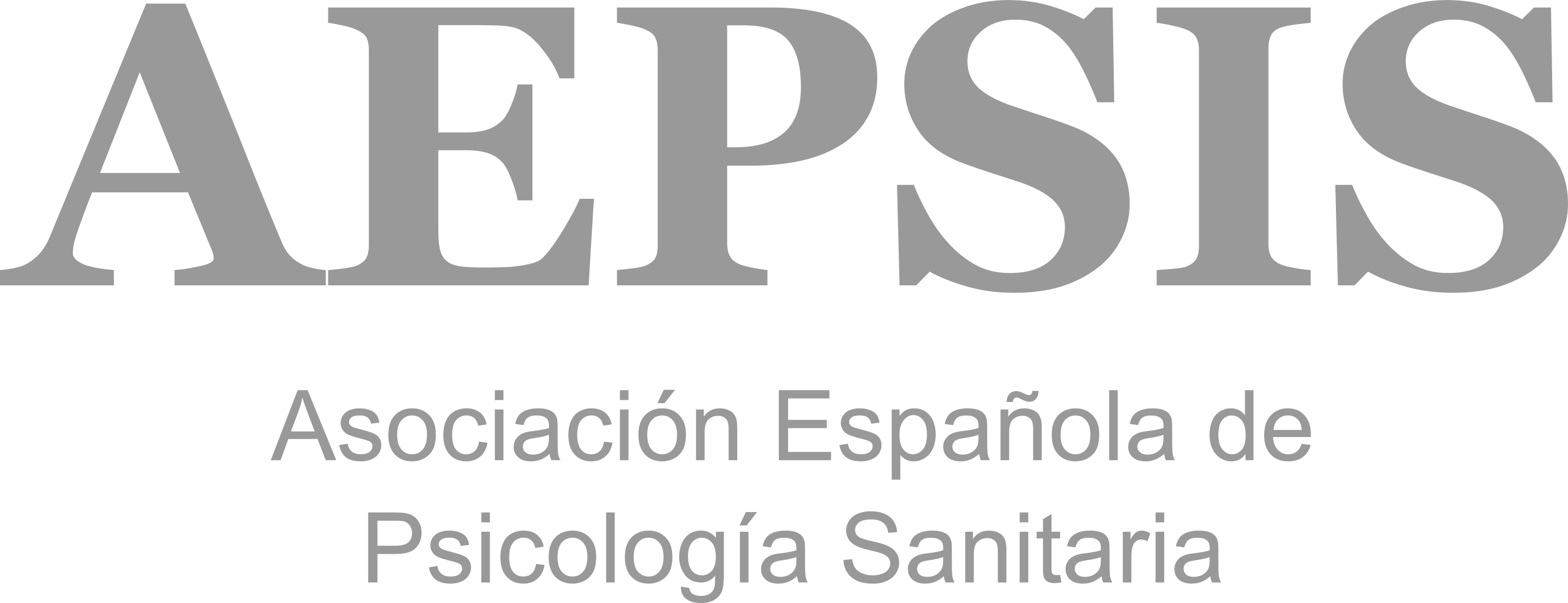How to Reconcile in QuickBooks: A Step-by-Step Guide
This process involves meticulously reviewing each transaction entry in QuickBooks and cross-referencing it with the corresponding entry in the bank statement. By performing this comparison, discrepancies such as missing transactions, duplicate entries, or incorrect amounts can be readily identified. This not only helps in maintaining accurate financial records but also serves as a crucial reconciliation step to ensure that the company’s books reflect the true financial position. This is a crucial step in the accounting process as it helps in identifying and rectifying any discrepancies, errors, or missing transactions that may have occurred during the earlier months.
How to Mark a Transaction as Reconciled in QuickBooks Online?
Follow the section based on what type of account you’re chamber of commerce quotes reconciling. You can also make small edits if needed right within this window. For example, if the payee is wrong, you can click on the transaction to expand the view and then select Edit. It streamlines the reconciliation process, allowing for the identification and resolution of discrepancies more effectively. To enter the ending balance, you should first navigate to the ‘Reconcile’ page and select the appropriate account. It can feel overwhelming at first, but with a systematic approach, reconciling in QuickBooks becomes a manageable task that yields valuable insights.
Enter the Ending Balance
For other types of accounts, QuickBooks opens the Make Payment window. This lets you write a check or enter a bill to pay to cover the outstanding balance. Here’s how you can review all of your cleared transactions. If you need to locate an adjusting entry later on, here’s how to find past reconciliation adjustments. At the end of a reconciliation, you may see a small amount left over.
This creates an expense transaction if the difference is negative, or an income transaction if the difference is positive. When there’s only a small amount left over, QuickBooks lets you create an adjusting entry. This how financial report readers can detect problems in overstated assets forces your accounts to balance so you can finish your reconciliation. Consider this as an option when you can’t find the source of the discrepancy and there’s only a small difference. To reconcile, simply compare the list of transactions on your bank statement with what’s in QuickBooks.
- These kinds of changes can get complicated and unbalance your accounts.
- By finalizing the reconciliation process, businesses can have confidence in the reliability of their financial records and make informed decisions based on accurate data.
- At NorthStar Bookkeeping, we understand the importance of clean, accurate financial records.
- Then, you’ll need to enter the ending balance from your bank statement and the ending date.
Gather Bank Statement and Transactions
Here’s how to reconcile older transactions so everything stays balanced. If you forgot to enter an opening balance and you’re already tracking transactions in the account, ge’s new cfo has an $8 million incentive to stay here’s how to enter an opening balance later on. Once you’re done, you should see a difference of $0, which means your books are balanced. Now, simply compare the transactions on your statement with what’s in QuickBooks. The tricky part is making sure you have the right dates and transactions in QuickBooks so you know everything matches.
Marking transactions as cleared in QuickBooks Desktop signifies the validation of these transactions against the bank statement, contributing to the accuracy of the reconciliation process. By finalizing the reconciliation process, businesses can have confidence in the reliability of their financial records and make informed decisions based on accurate data. Marking transactions as cleared in QuickBooks Online signifies the validation of these transactions against the bank statement, contributing to the accuracy of the reconciliation process. This phase is crucial as it ensures accuracy and integrity in financial reporting, aiding in identifying any discrepancies or errors that need to be resolved before finalizing the reconciliation process.
Select a Country
The reconcile tool offers functionalities such as matching transactions, flagging discrepancies, and providing a clear overview of the financial alignment between the records and the bank statement. Just like balancing your checkbook, you need to review your accounts in QuickBooks to make sure they match your real-life bank and credit card statements. Rereconciling in QuickBooks involves the process of reviewing and revalidating previous reconciliations to address any discrepancies or updates in the financial records, ensuring ongoing accuracy. This crucial step requires attention to detail and accuracy to certify that all entries, including deposits, withdrawals, and other financial activities, are correctly reflected and reconciled. After confirming the match between the records and the bank statement, it is essential to review any discrepancies and make necessary adjustments.

